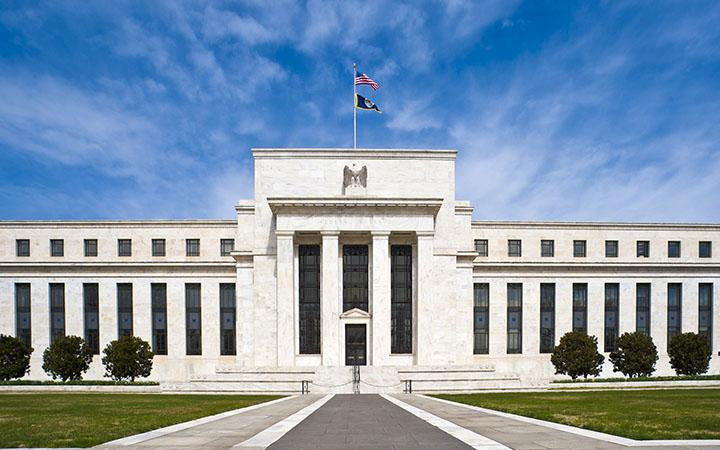Federal Reserve policymakers left their benchmark interest rate unchanged at 4.25%-4.5% on July 30, marking a fifth straight meeting without relief and extending a 2025 pause that began last December.
For U.S. collision repair shop management teams, the decision means financing for property expansions, frame racks and ADAS calibration systems will stay expensive well into the busy fall repair season.
The 11-to-2 vote by the Federal Open Market Committee (FOMC) came despite renewed public pressure from President Donald Trump, who urged a three-point cut hours before the announcement. At a press conference, Fed Chair Jerome Powell said the committee needs “a lot of data” before acting and offered “no decision about September."
Federal Reserve governors Christopher Waller and Michelle Bowman, both Trump appointees, broke ranks and called for a quarter-point reduction — the first time two governors have dissented at the same meeting in more than three decades.
Waller argued recent tariffs would create only “one-off price increases,” allowing the Fed to “look through” inflation pressures and focus on softening labor-market data. Bowman warned that delaying cuts could widen downside risks to employment, a view that echoes many small-business lenders concerned about slowing credit demand.
Powell told reporters he welcomed the debate, saying the Fed values “clear thinking and expression of thinking” around the table, according to The Wall Street Journal. Still, a majority favors waiting for at least two more rounds of inflation and payroll reports before adjusting policy at the Sept. 16-17 meeting.
Minutes before the decision, Trump blasted Powell on Truth Social — “‘Too Late,’ MUST NOW LOWER THE RATE” — and later predicted a September cut. Powell sidestepped the criticism, stressing the Fed’s mandate is data-driven.
While the Fed’s median dot-plot still shows two cuts by year-end, futures markets this week priced just a 60% chance of the first move in September, according to CME’s FedWatch tool.
What a High-Rate Plateau Means for Shops
Shops that rely on equipment loans or SBA financing are already paying double-digit rates. The average fixed-rate SBA loan now runs 13%-16% APR, while business lines of credit average 6.5%-7.9%. Interest expense can add thousands of dollars a year to debt service, an unwelcome hit as margins narrow under insurer pressure.
Watching the September Meeting
If inflation cools and tariffs don’t feed through to consumer prices as quickly as feared, Powell could secure consensus for a modest trim. Even a 25-basis-point cut would knock roughly $10 off monthly payments for every $50,000 in variable-rate debt — a small but meaningful breather for shops still recovering from pandemic-era supply shocks.
Until then, shop operators can:
• Lock in fixed rates where possible before renewal dates.
• Stretch equipment lifecycles through preventive maintenance.
• Re-run ROI models on ADAS and EV investments at base-case 13% borrowing costs.
With the Fed signaling a “high for longer” stance, strategic capital planning — and disciplined cash management — remain the surest defenses against the most expensive money collision shops have faced since the early 2000s.













